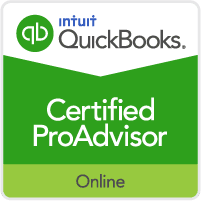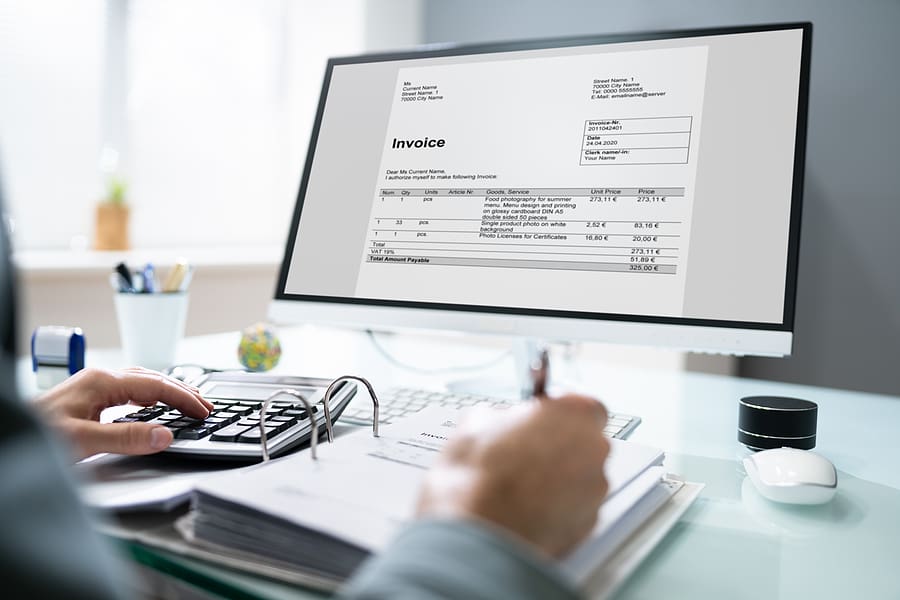Strategies for Efficient Organization of Business Receipts and Invoices
Managing receipts and invoices can often feel like navigating a maze without a map for small business owners. The constant influx of paperwork and the pressure to keep accurate records for taxes and financial analysis can quickly become overwhelming. However, with the right strategies, organizing receipts and invoices can be streamlined and stress-free. This article will explore practical methods for small business owners to efficiently manage their receipts and invoices, saving time and money.
Importance of Organized Receipt and Invoice Management
The importance of organized receipt and invoice management cannot be overstated for small business owners. Not only does it ensure compliance with tax regulations and financial reporting requirements, but it also provides valuable insights into the business’s financial health. By maintaining organized records, small business owners can easily track expenses, monitor cash flow, and identify areas for cost savings and optimization.
Challenges Faced by Small Business Owners
Small business owners often face several challenges when organizing receipts and invoices. One of the primary challenges is the lack of a structured system for managing paperwork. Without clear guidelines and processes, receipts and invoices can quickly pile up, leading to confusion and inefficiency. Additionally, many small business owners attempt to save money by handling their bookkeeping but spend valuable time that could be better allocated to growing their business.
Establishing a Structured System
Small business owners must establish a structured system for organizing receipts and invoices to overcome these challenges, beginning with categorization and storage methods tailored to the business’s needs. Whether utilizing digital or physical filing systems, the key is to create a system that is easy to maintain and access when needed.
- Categorization and Storage Methods
When organizing receipts and invoices, it’s essential to categorize them based on their purpose and relevance to the business. Common categories include expenses such as office supplies, utilities, travel, and client-related costs. Once categorized, receipts and invoices should be stored in a designated location that is easily accessible and secure.
- Digital vs. Physical Filing Systems
While traditional physical filing systems have their merits, digital filing systems offer several advantages for small business owners. Digital systems allow for better organization, searchability, and backup of receipts and invoices. Additionally, they eliminate the need for physical storage space and reduce the risk of documents being lost or damaged.
- Utilizing Accounting Software or Cloud-Based Solutions
Small business owners looking to streamline their receipt and invoice management processes can utilize accounting software or cloud-based solutions as game-changers. These platforms offer receipt capture, expense tracking, and invoice generation features in one convenient package. By integrating accounting software with business operations, small business owners can save time, reduce errors, and gain valuable financial insights.
Recording Transactions in Real-Time
To maintain accurate financial records, it’s essential to record transactions in real-time whenever possible, including capturing digital receipts at the point of purchase and promptly entering them into accounting software or a tracking system. By recording transactions in real time, small business owners can avoid the backlog of paperwork that often leads to disorganization and errors.
- Digital Receipt Capture
With the prevalence of digital transactions, capturing receipts has never been easier for small business owners. Many accounting software platforms offer mobile apps that allow users to snap photos of receipts on the go, eliminating the need for manual entry. By digitizing receipts, small business owners can streamline their record-keeping process and reduce the risk of lost or misplaced paperwork.
- Integration with Accounting Software
Small business owners should seek accounting software that integrates seamlessly with receipt capture tools to maximize efficiency. This allows for automatic syncing of receipts and expenses, eliminating the need for manual data entry. By integrating receipt capture with accounting software, small business owners can ensure accuracy and consistency in their financial records.
- Automation for Invoice Generation and Reminders
In addition to managing receipts, small business owners must stay on top of invoicing to ensure timely payment from clients. Automation tools can help streamline the invoice generation process and send reminders to clients for overdue payments. By automating invoicing tasks, small business owners can save time and maintain a steady cash flow for their business.
Conducting Regular Audits
To maintain the integrity of their financial records, small business owners should conduct regular audits of their receipts and invoices. This involves reviewing and reconciling transactions to ensure accuracy and identify discrepancies or errors. Regular audits allow small business owners to spot potential issues early on and take corrective action as needed.
- Reviewing and Reconciling Receipts and Invoices
During the audit process, small business owners should review each receipt and invoice to verify that they align with their financial records. This includes checking for missing or duplicate transactions and ensuring that expenses are properly categorized and documented. By reviewing and reconciling receipts and invoices regularly, small business owners can maintain accurate financial records and identify areas for improvement.
- Identifying Discrepancies and Ensuring Compliance
As part of the audit process, small business owners should pay close attention to discrepancies or inconsistencies in their receipts and invoices. This includes discrepancies in amounts, dates, or vendor information, which could indicate errors or potential fraud. Additionally, small business owners must ensure compliance with tax regulations and financial reporting requirements to avoid penalties and audits.
Implementing Clear Policies and Procedures
Small business owners should implement clear policies and procedures to promote consistency and efficiency in receipt and invoice management. This includes establishing guidelines for expense reimbursement, standardizing invoicing procedures, and documenting workflows for record-keeping tasks. Small business owners can minimize confusion and ensure compliance with internal and external requirements by implementing clear policies and procedures.
- Guidelines for Expense Reimbursement
Small business owners should establish guidelines for expense reimbursement to ensure consistency and fairness across the organization. This includes specifying which expenses are eligible for reimbursement, setting spending limits, and outlining the documentation required for reimbursement requests. By establishing clear guidelines, small business owners can prevent misunderstandings and promote accountability among employees.
- Standardizing Invoicing Procedures
In addition to expense management, small business owners should standardize invoicing procedures to streamline the billing process. This includes creating templates for invoices, specifying payment terms, and providing clear instructions for clients on submitting payments. By standardizing invoicing procedures, small business owners can reduce errors and delays in the billing cycle, ultimately improving the cash flow of their business.
Conclusion
Efficient organization of business receipts and invoices is essential for small business owners to maintain accurate financial records and ensure compliance with tax regulations. Small business owners can streamline their receipt and invoice management processes by establishing a structured system, recording real-time transactions, conducting regular audits, and implementing clear policies and procedures. Ultimately, by investing time and effort into organizing their finances, small business owners can save valuable time and money in the long run, allowing them to focus on growing their business.
Ready to take control of your business finances and streamline your receipt and invoice management? Discover how our expert team at In Balance Bookkeeping Solutions can help you implement efficient systems and processes tailored to your business needs. Say goodbye to paperwork chaos and hello to organized financial records. Contact us today to get started on your journey to financial clarity and peace of mind.





